Charlie Chaplin is widely regarded as the greatest comic artist of the screen and one of the most important figures in motion-picture history.His career spanned more than 75 years, from childhood in the Victorian era until a year before his death in 1977, and encompassed both adulation and controversy.
Chaplin’s childhood in London was one of poverty and hardship. His father was absent and his mother struggled financially — he was sent to a workhouse twice before age nine.
When he was 14, his mother was committed to a mental asylum. Chaplin began performing at an early age, touring music halls and later working as a stage actor and comedian.
At 19, he was signed to the Fred Karno company, which took him to the United States. He was scouted for the film industry and began appearing in 1914 for Keystone Studios.
He soon developed the Tramp persona and attracted a large fan base. He directed his own films and continued to hone his craft as he moved to the Essanay, Mutual, and First National corporations. By 1918, he was one of the world’s best-known figures.

Chaplin in the early 1920s.
In 1919, Chaplin co-founded the distribution company United Artists, which gave him complete control over his films. His first feature-length film was The Kid (1921), followed by A Woman of Paris (1923), The Gold Rush (1925), and The Circus (1928).
He initially refused to move to sound films in the 1930s, instead producing City Lights (1931) and Modern Times (1936) without dialogue. His first sound film was The Great Dictator (1940), which satirized Adolf Hitler.
The 1940s were marked with controversy for Chaplin, and his popularity declined rapidly. He was accused of communist sympathies, and some members of the press and public were scandalized by his involvement in a paternity suit and marriages to much younger women.
An FBI investigation was opened, and Chaplin was forced to leave the U.S. and settle in Switzerland. He abandoned the Tramp in his later films, which include Monsieur Verdoux (1947), Limelight (1952), A King in New York (1957), and A Countess from Hong Kong (1967).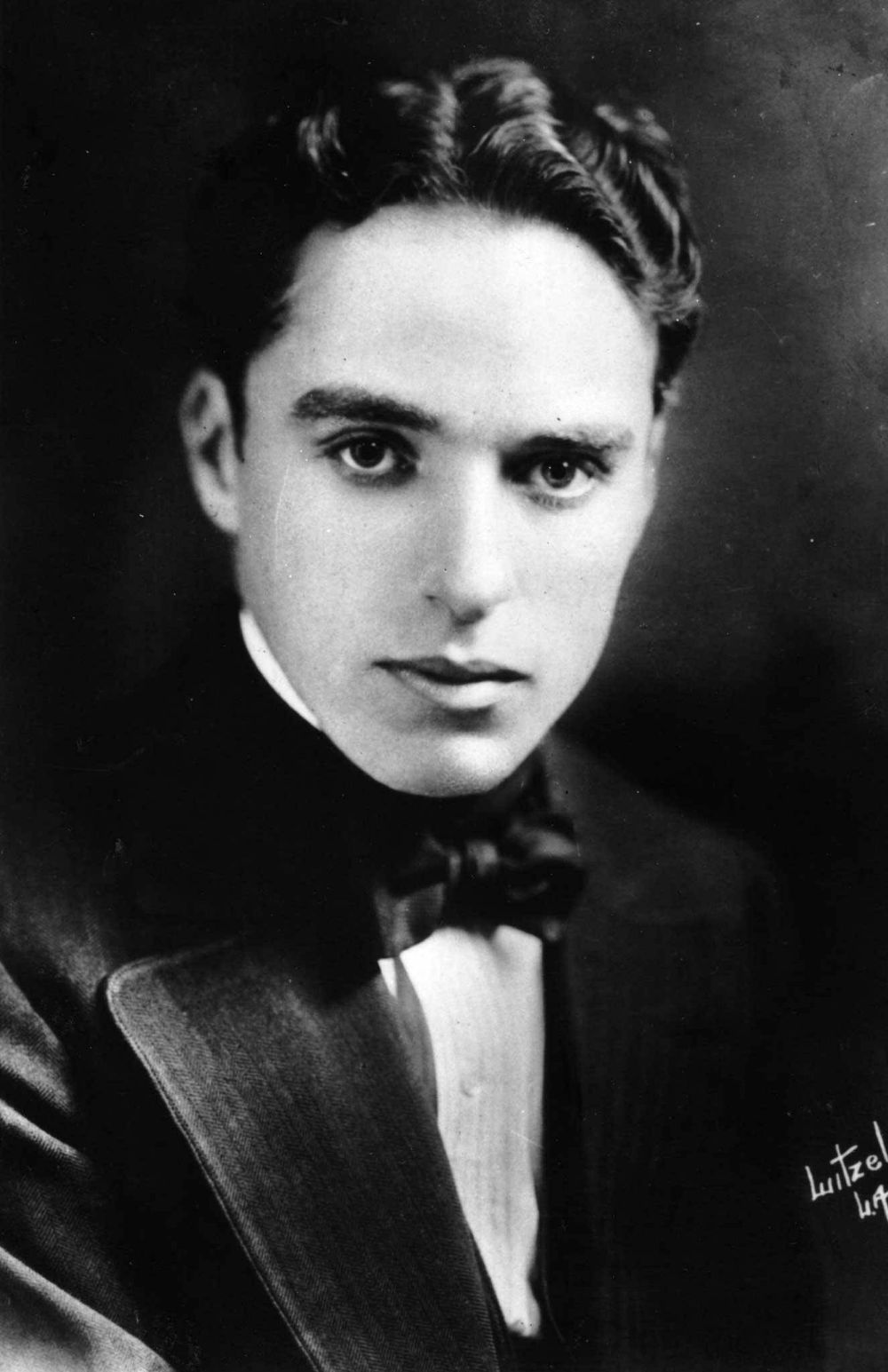
Chaplin wrote, directed, produced, edited, starred in, and composed the music for most of his films. He was a perfectionist, and his financial independence enabled him to spend years on the development and production of a picture.
His films are characterized by slapstick combined with pathos, typified in the Tramp’s struggles against adversity. Many contain social and political themes, as well as autobiographical elements.
He received an Honorary Academy Award for “the incalculable effect he has had in making motion pictures the art form of this century” in 1972, as part of a renewed appreciation for his work.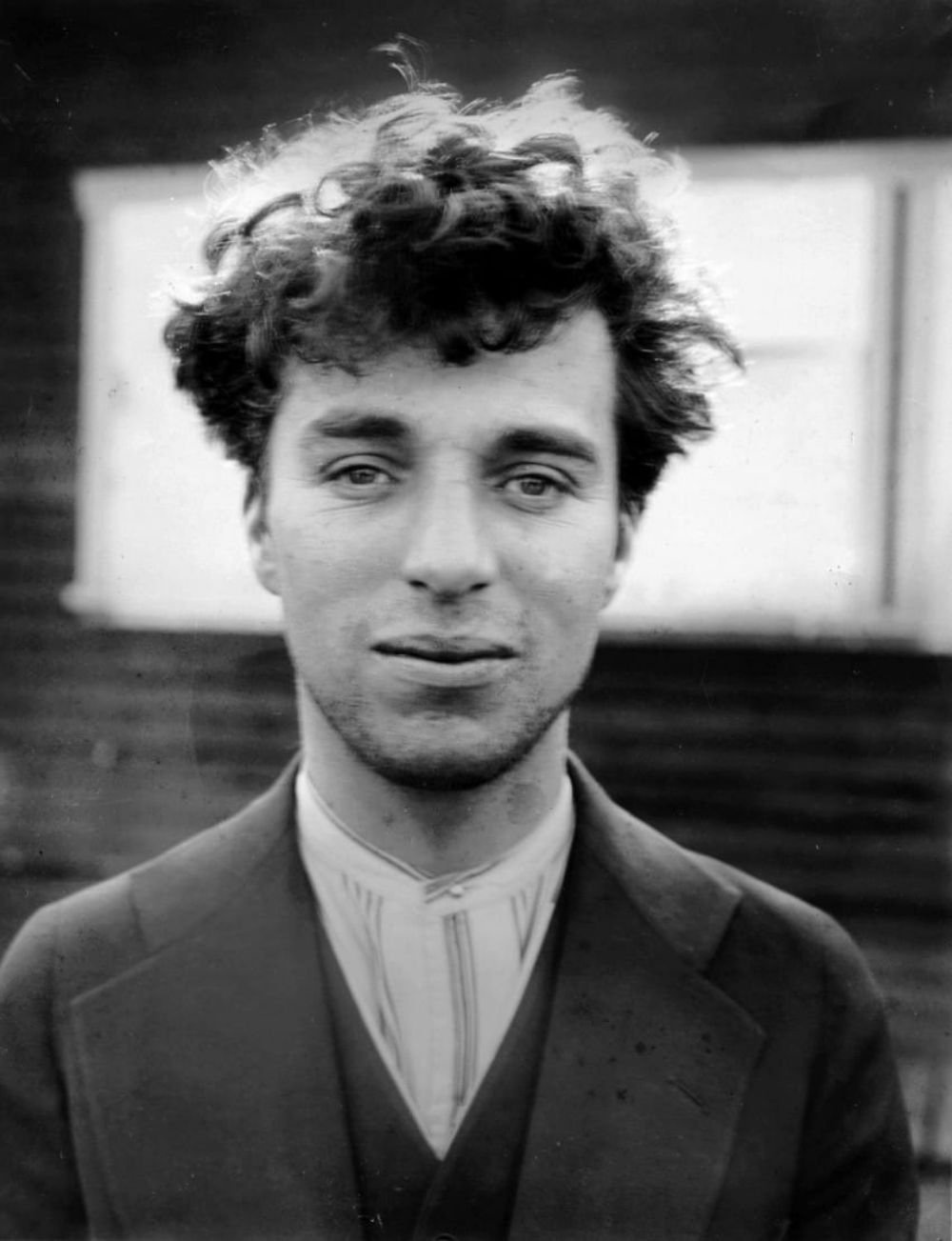 In 1998, the film critic Andrew Sarris called Chaplin “arguably the single most important artist produced by the cinema, certainly its most extraordinary performer and probably still its most universal icon”.
In 1998, the film critic Andrew Sarris called Chaplin “arguably the single most important artist produced by the cinema, certainly its most extraordinary performer and probably still its most universal icon”.
He is described by the British Film Institute as “a towering figure in world culture”, and was included in Time magazine’s list of the “100 Most Important People of the 20th Century” for the “laughter [he brought] to millions” and because he “more or less invented global recognizability and helped turn an industry into an art”.
In 1999, the American Film Institute ranked Chaplin as the 10th greatest male star of Classic Hollywood Cinema.
 The image of the Tramp has become a part of cultural history; according to Simon Louvish, the character is recognizable to people who have never seen a Chaplin film, and in places where his films are never shown.
The image of the Tramp has become a part of cultural history; according to Simon Louvish, the character is recognizable to people who have never seen a Chaplin film, and in places where his films are never shown.
The critic Leonard Maltin has written of the “unique” and “indelible” nature of the Tramp, and argued that no other comedian matched his “worldwide impact”.
Praising the character, Richard Schickel suggests that Chaplin’s films with the Tramp contain the most “eloquent, richly comedic expressions of the human spirit” in movie history.
Memorabilia connected to the character still fetches large sums in auctions: in 2006 a bowler hat and a bamboo cane that were part of the Tramp’s costume were bought for $140,000 in a Los Angeles auction.
 As a filmmaker, Chaplin is considered a pioneer and one of the most influential figures of the early twentieth century. He is often credited as one of the medium’s first artists.
As a filmmaker, Chaplin is considered a pioneer and one of the most influential figures of the early twentieth century. He is often credited as one of the medium’s first artists.
Film historian Mark Cousins has written that Chaplin “changed not only the imagery of cinema, but also its sociology and grammar” and claims that Chaplin was as important to the development of comedy as a genre as D.W. Griffith was to drama.
He was the first to popularize feature-length comedy and to slow down the pace of action, adding pathos and subtlety to it.
Although his work is mostly classified as slapstick, Chaplin’s drama A Woman of Paris (1923) was a major influence on Ernst Lubitsch’s film The Marriage Circle (1924) and thus played a part in the development of “sophisticated comedy”.
According to David Robinson, Chaplin’s innovations were “rapidly assimilated to become part of the common practice of film craft”.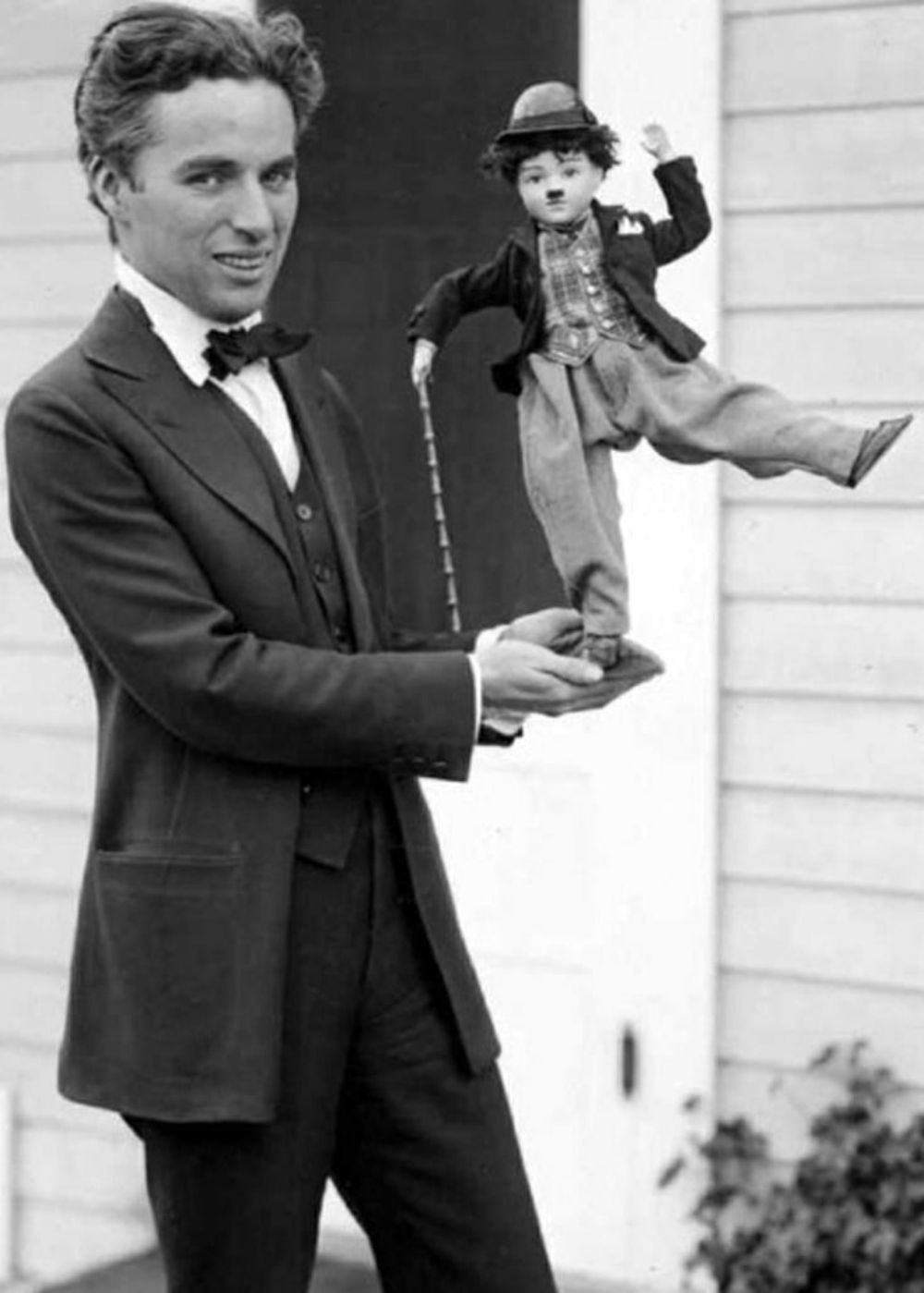


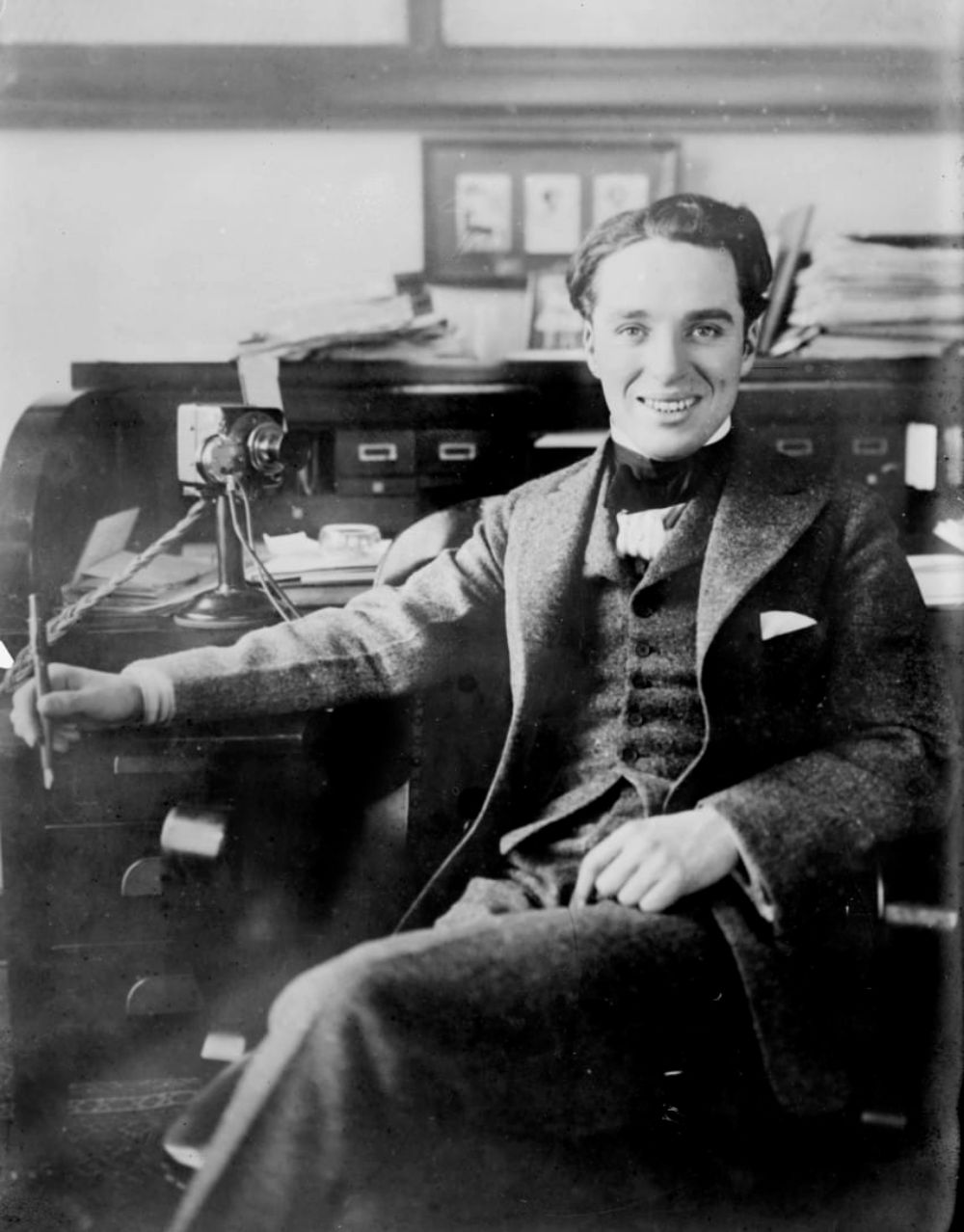

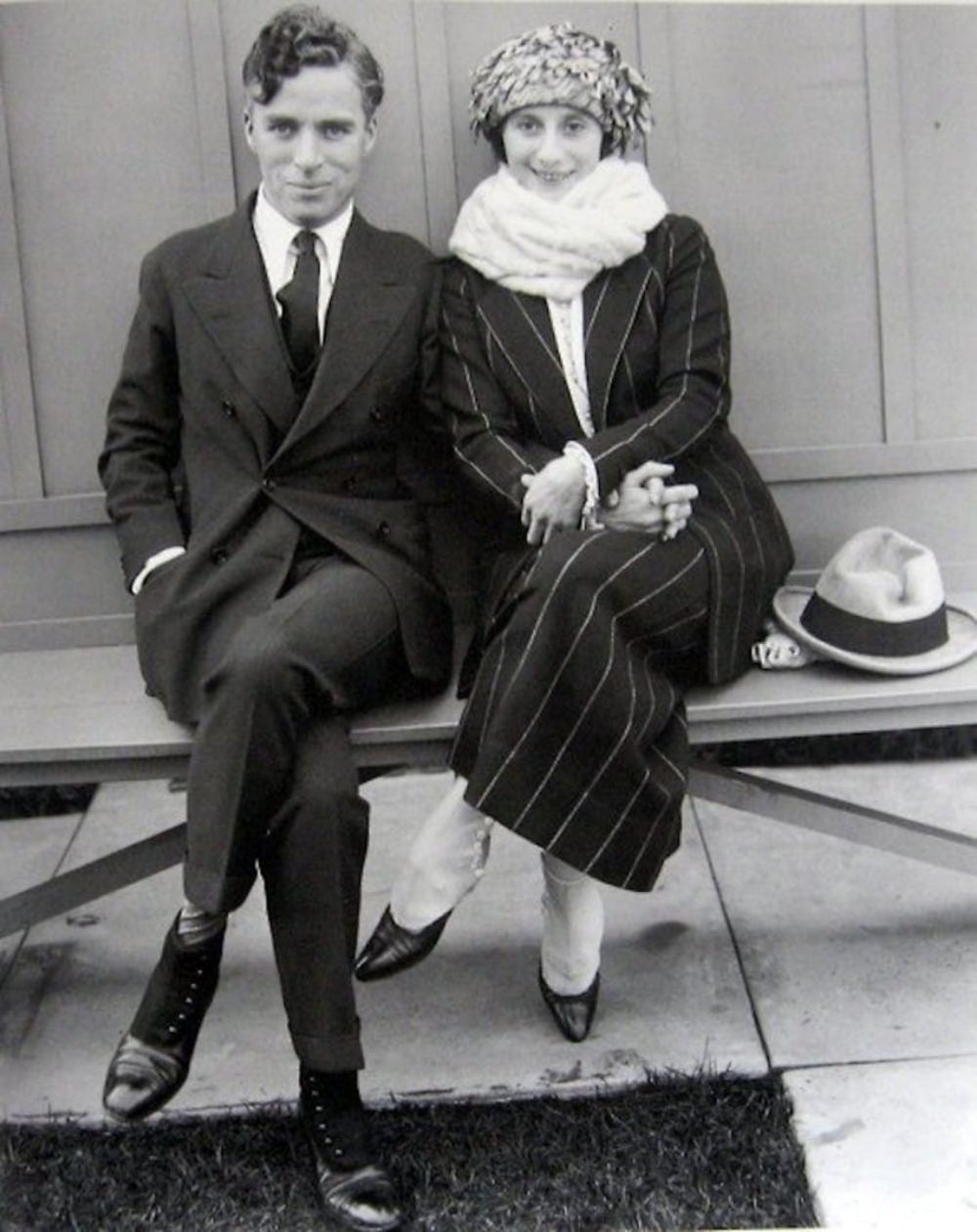
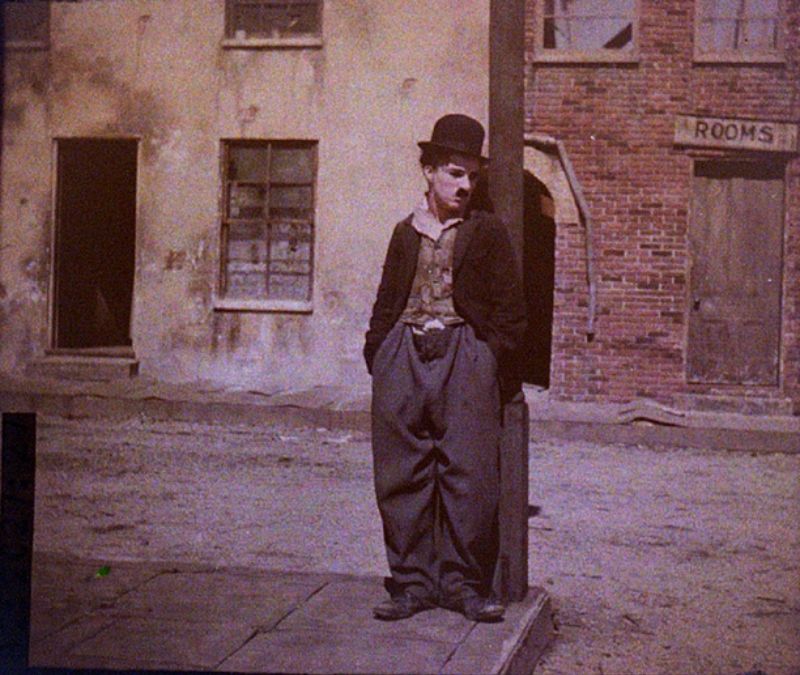

Charlie Chaplin at the Central London District School in Hanwell, 1897. Chaplin is in the centre of the third row.

Charlie Chaplin aged 9, ca. 1898.
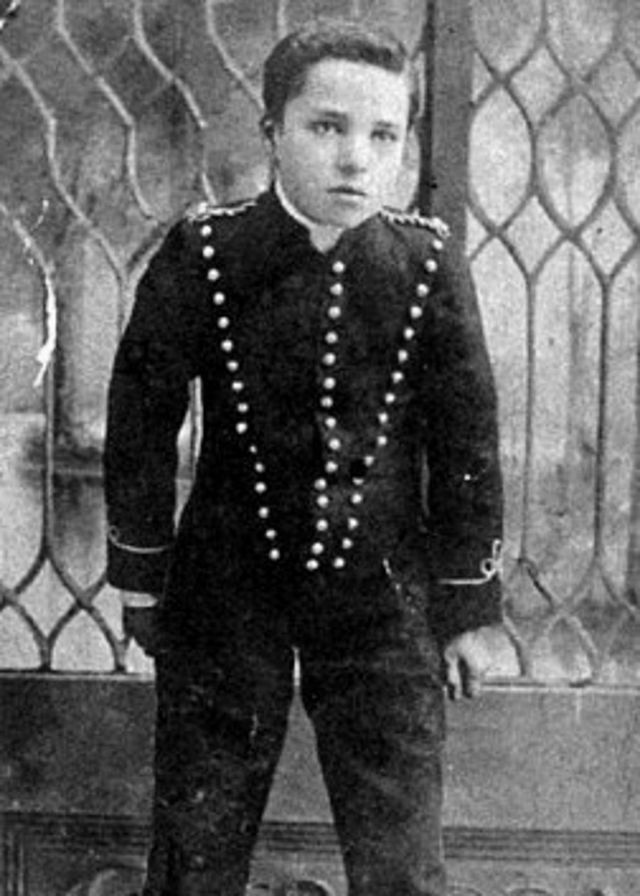
Charlie Chaplin, between age 14-16, appearing as Billy the Pageboy in the play Sherlock Holmes. Exact date unknown, but Chaplin appeared in the play between 1903 and 1906. Marriot suggests it was towards the end of his time in the play.

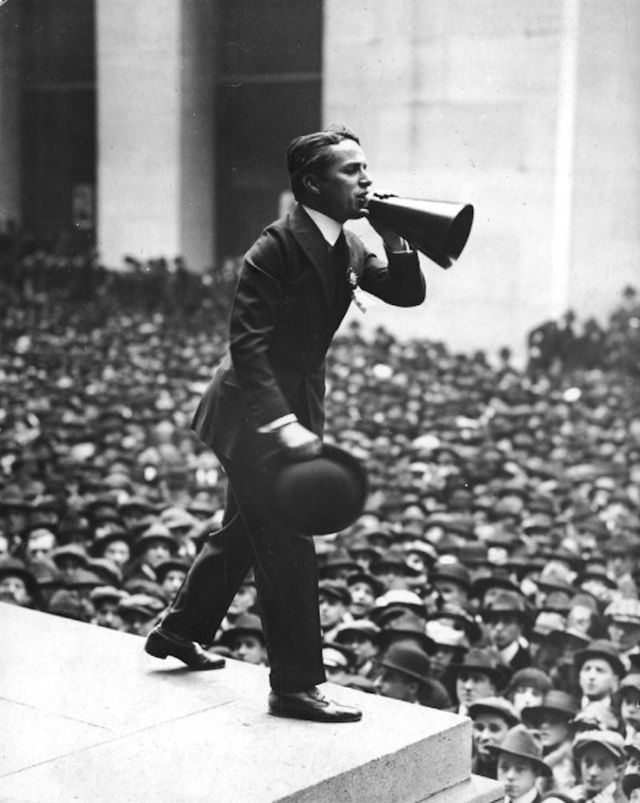
.jpg)
Charlie Chaplin with actress Mary Pickford, actor Douglas Fairbanks, and film director D.W. Griffith on the day they formed United Artists in 1919.
.jpg)
Charlie Chaplin with the great Russian ballerina Anna Pavlova, 1925.
.jpg)
Nancy Astor (Lady Astor), the first woman to serve as a Member of Parliament in the British House of Commons; Charlie Chaplin; Britain’s greatest airwoman, Amy Johnson; and playwright George Bernard Shaw at Lady Astor’s home, 1931.
.jpg)
Albert Einstein and Charlie Chaplin at the premiere of Chaplin’s masterpiece, “City Lights,” 1931. Of the crowds that followed them, separately and when they attended events together, Chaplin told Einstein, “People cheer me because they all understand me, and they cheer you because nobody understands you.”
.jpg)
Charlie Chaplin and Paulette Goddard.
.jpg)
Winston Churchill with his family and Chaplin at the Churchill home in Kent, 1931.
.jpg)
Charlie Chaplin meets Mahatma Gandhi in London in 1931.
.jpg)
Charlie Chaplin and Marlon Brando during filming “A Countess From Hong Kong,” 1967.
.jpg)
Charlie Chaplin with Sophia Loren at his birthday party in 1966.



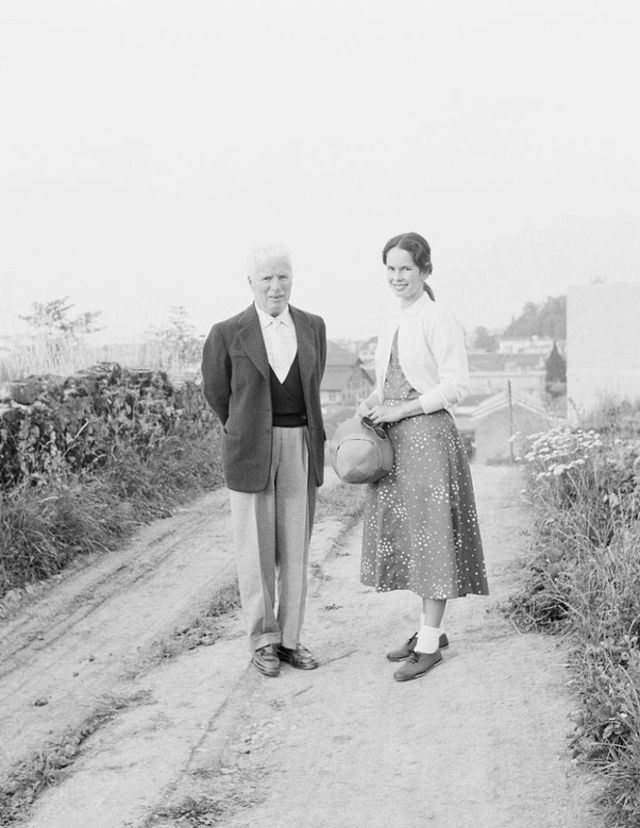
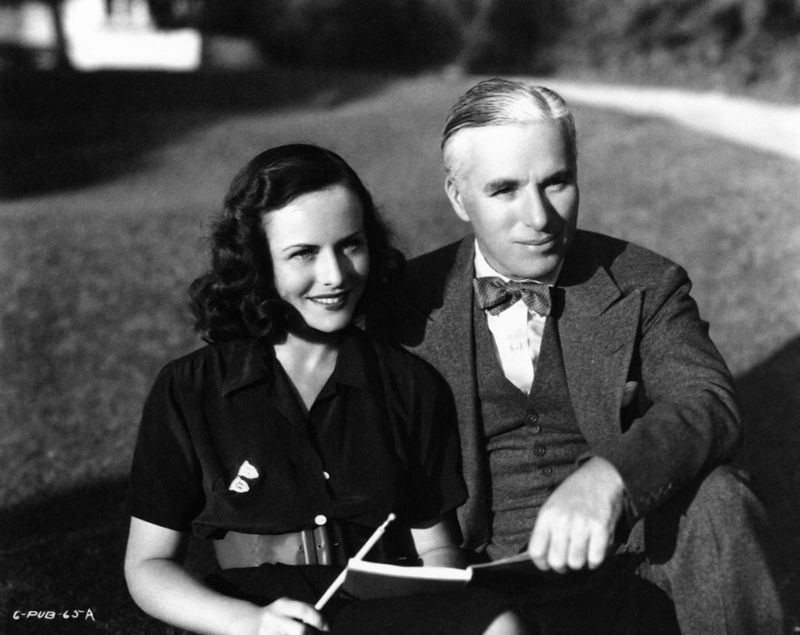


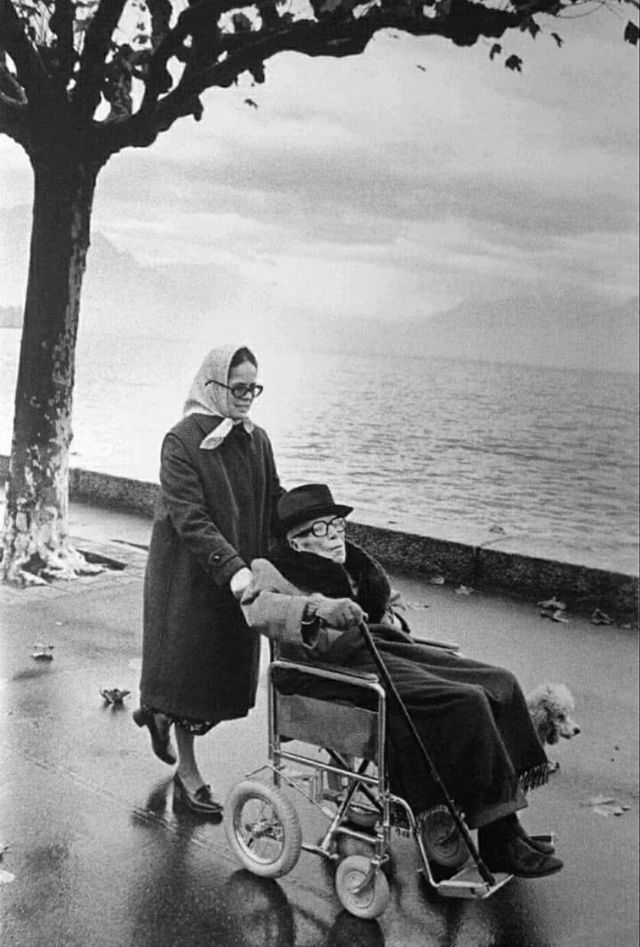
(Photo credit: Wikimedia Commons / Library of Congress / Britannica / Flickr).





